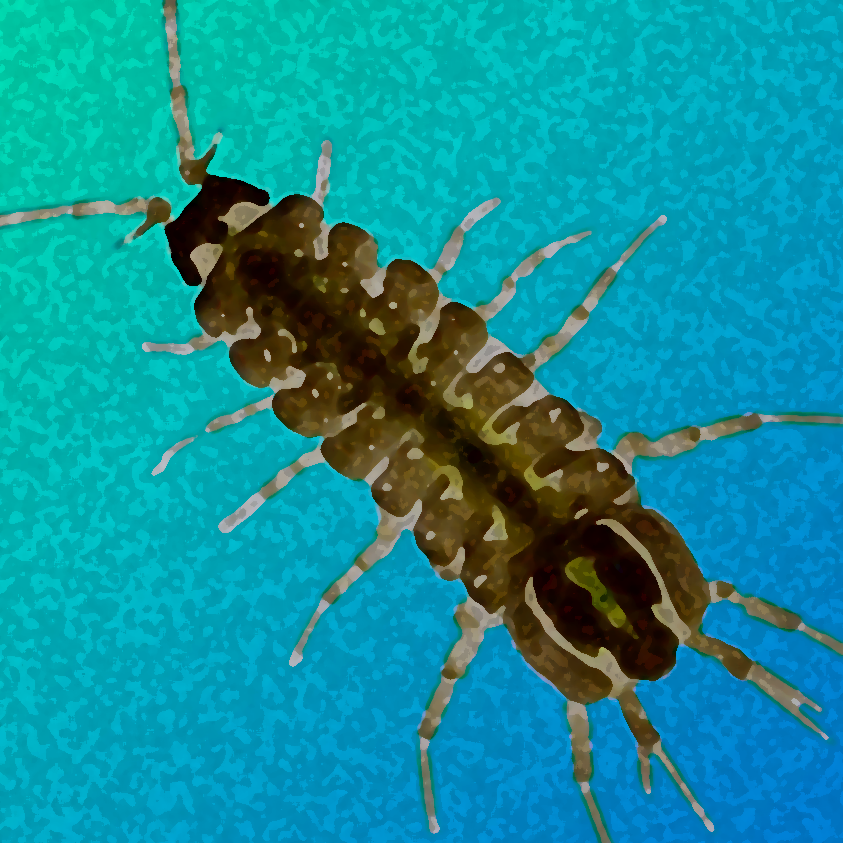The 2nd Asellus symposium was held online
On November 26th 2021, the 2nd Asellus Symposium was held online. There were some 40+ registered participants from institutions in 14 countries. Below you can find the final program, links to all recorded talks on youtube (unlisted) and a sumary of the discussion notes.
It was great to see the broad range of topics that were covered in presentations and during the discussion sessions (see synthesis of insight below) - from selective forces and determinants of pigmentation, intraspecific variation in innovativeness and behavioural responses to predator cues, foraging ecology and life-history variation, and species interactions (host-parasite, host-microbiome, predator-prey) to phylogeography and microevolution, along the surface-waterpipe-cave continuum, as well as natural and human-impacted environments.
The broad range of methods that are already being used - different phenotyping methods (microscopy, computer vision techniques for image and video analyses e.g. https://www.phenopype.org, microbiomics and metabolomics), genomics (several draft genomes have been attempted/are in preparation), lab rearing and maintenance, and long-term data acquisition - that can be shared across the community set the stage for highly integrative studies.
This clearly shows that Asellus aquaticus is ready to fledge as a model system for eco-evo-devo studies both for basic and applied questions. At the same time, several knowledge gaps were identified and for a very short non-exhaustive summary, these include poor understanding of basic requirements of A. aquaticus (e.g. in lab rearing), lack of a well-annotated genome, and limited knowledge on sexual selection and phenology.
Documents
Symposium program:
Scientific synopsis and notes (updated 2022-02-02):
Recorded talks
Keynote (40 mins)
Regular talk (12 mins)
Flash talk (3 mins)
Keynote presentation
Meredith Protas
The genetic basis of pigmentation differences in multiple populations of Asellus aquaticus
Session 1
Lidia Sworobowicz
Phylogeography of Asellus aquaticus in Europe
Tristan Lefebure
The Asellidae ecological genomic model
Session 2
Vid Bakovic & Dominic Wright
Asellus aquaticus cave and lake ecotypes on the island of Gotland, Sweden
Anna Biro
Morphological comparison of surface vs cave Asellus aquaticus populations
Žiga Fišer
Comparative phenology of cave and surface populations of Asellus aquaticus
Moritz Lürig
Phenotypic variation of Asellus hilgendorfi on Hokkaido (Japan)
Session 3
Emmanuelle Prest
Asellus aquaticus in drinking water distribution systems
Gábor Herczeg
Food preference and food type innovation in surface- vs. cave-dwelling Asellus aquaticus
Sára Sztruhala
Population divergence in aggregation and sheltering behaviour in surface and cave-adapted Asellus aquaticus
Claudia Tugui
Towards understanding the co-occurrence of Asellus aquaticus and Aeromonas in Dutch drinking water distribution systems
Session 4
Simona Kralj-Fišer
Behavioural variation at different hierarchical levels during adaptation from fluctuating to stable environments
Hajriz Berisha
Behavioural/Increased movement activity of Asellus aquaticus in a food abundant, predator-free cave habitat
Gergely Horváth
Divergence in exploratory behaviour between surface and cave-adapted Asellus aquaticus
Session 5
Elvira Lafuente
Coping with anthropogenic stress:the role of gut-associated bacteria in Asellus aquaticus
Grega Benko
Acanthocephalan-induced phenotypic alterations of Asellus aquaticus
Térezia Horváthová
Gut microbiome of freshwater isopods: a new source of antimicrobial compounds?
Christoph Vorburger
Potential reproductive manipulators in Asellus aquaticus
